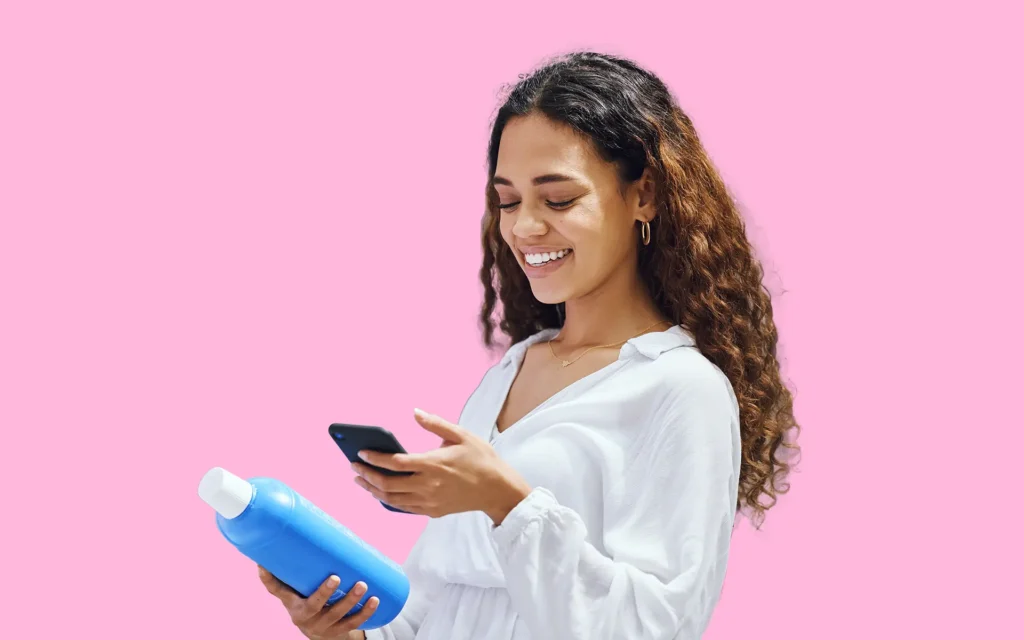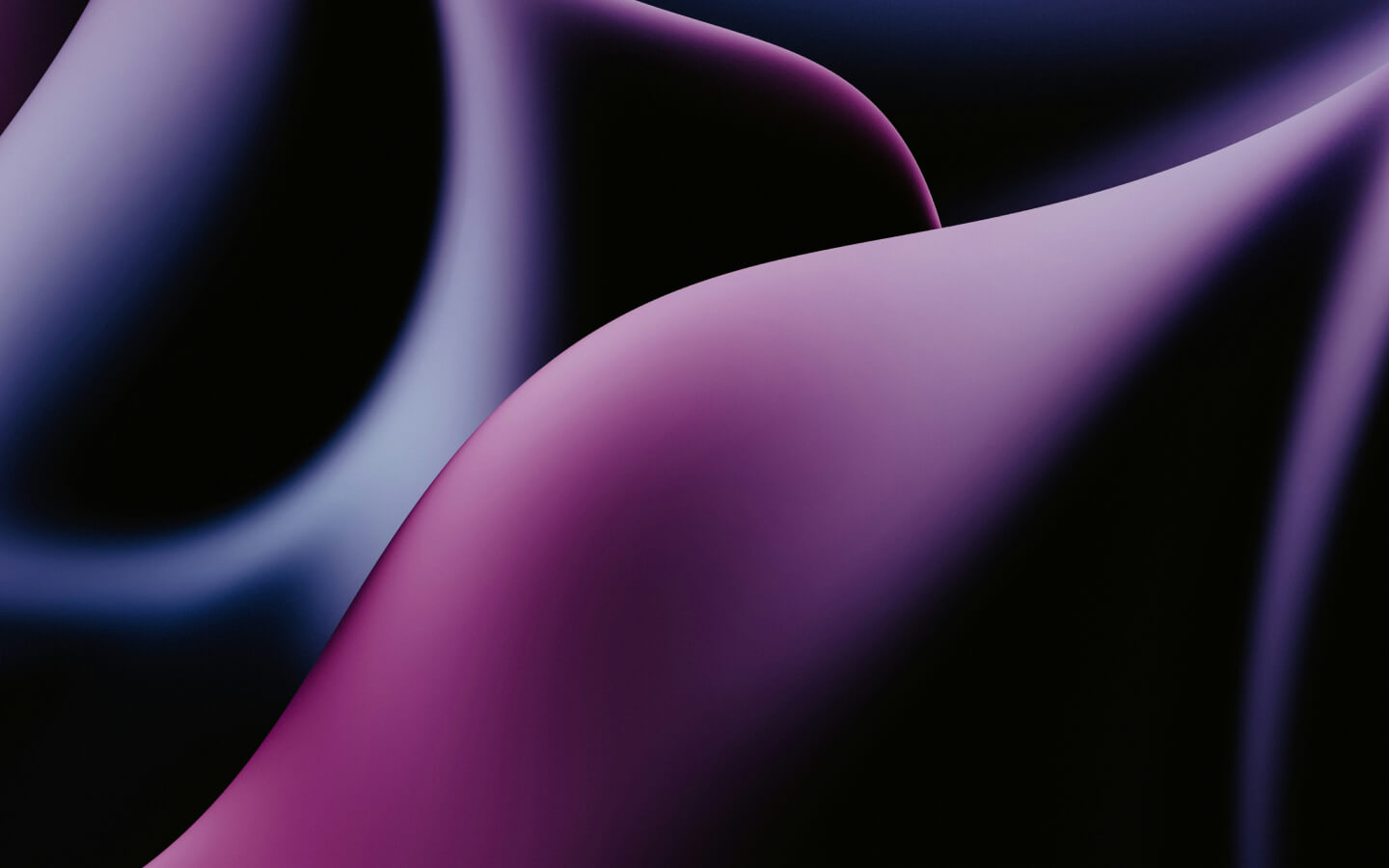Despite a difficult year, we made it through 2020 with the help of playful distractions like memes, dance crazes, and viral challenges. Oftentimes, brands want to tap into these cultural phenomenons in order to humanize their voice on social media. Marketers frequently question, ‘How does a trend become a viral success?’ and, ‘Who creates these trends?’. Let’s take a look at the various key players that come together to create these trends and learn how your brand can capitalize on them and join the conversation.
The Innovator
If we think of social media challenges holistically, the template is always the same: innovators create the idea, influencers make it popular, and the rest of the social community joins the trend. By definition, an innovator is ‘a person who introduces new methods, ideas, or products' In every viral equation, there needs to be an innovator to help spark an idea/challenge.
The innovator is often a forgotten piece of the puzzle when it comes to viral trends. For example, Renegade creator Jalaiah Hermon had the most prominent dance on the internet in 2020, but most users didn’t even know who she was. Unfortunately, content creators are often not given credit for their original ideas and are seemingly left in the dust. However, that isn’t always the case; skateboarder Nathan Apodaca quickly rose to fame when his Ocean Spray video went viral, and others recreated the video with their own flare.
The Influencer Spark
Influencers help set the standard of “cool” within the digital world and help push the innovators’ ideas in front of fans. TikTok influencer Charli D’Amelio was named ‚ÄòC.E.O.' of the different dances similar to the dance craze Renegade, which she popularized.
If the concept is unique and interesting, other influencers and celebs will begin to jump onto the new craze. Once a trend becomes popular, users recreate the template with small differences while always keeping the overall idea the same. During the pandemic, the ‚ÄòDon’t Rush Challenge‘ became very popular amongst all different audiences – make-up artists, celebrities, students, and more. Less than a month later, the ‚ÄòWipe it Down Challenge' went viral; both of these concepts had the exact same template with small variations.
Brands and Trends
Being authentic on social media will encourage consumers to follow, engage, and ultimately purchase products, assuming that’s the end goal. Consumers align their personal values to those of brands. Once brand values are established, a fundamental building block for brands is to showcase their personality through their content – tapping into cultural trends is a great way to humanize themselves.
From a brand perspective, capitalizing on viral trends shouldn’t be a hard selling point but instead, a chance to connect with your audience and showcase your brand’s personality. In the summer of 2020, Twitter began to flag misleading messages about COVID-19 and the 2020 Election with ‘This claim is disputed’ warnings. After the Election, the disputed claim Tweet type evolved into a popular trend on the platform. Brands like Oreo, Burger King, and Maruchan saw an opportunity to participate in the pop culture conversation and added humor to the political trend.
Viral memes are also a great way to highlight the brands’ wit and humor. Just For Men participated in the ‚ÄòHow it Started vs. How it’s Going,' and it showcased the brand’s growth, wittiness, and personality.
A brand can even use pop culture to sell a product when it feels native to the platform. For example, Invisalign used a soundbite from a popular viral video to help promote its product.
All things considered, this doesn’t mean that every viral trend is an opportunity for a brand to enter the conversation. Sometimes jumping into a conversation that isn’t authentic to your brand will feel forced by consumers; for example, in 2014, DiGiorno accidentally used the hashtag ‚Äò#WhyIStayed,' which was about domestic violence.
Prior to your brand joining a viral trend, consider the following questions:
1) Will this feel authentic to the brand’s audience?
2) Can this help support the brand’s values and develop the brand’s personality?
3) What value will this content add to the social media space for your brand?
4) Is this the appropriate social channel for the brand?
5) Is this something you should test into first before diving in?
And lastly, remember to have fun and tag the innovator to give them credit for their work!



